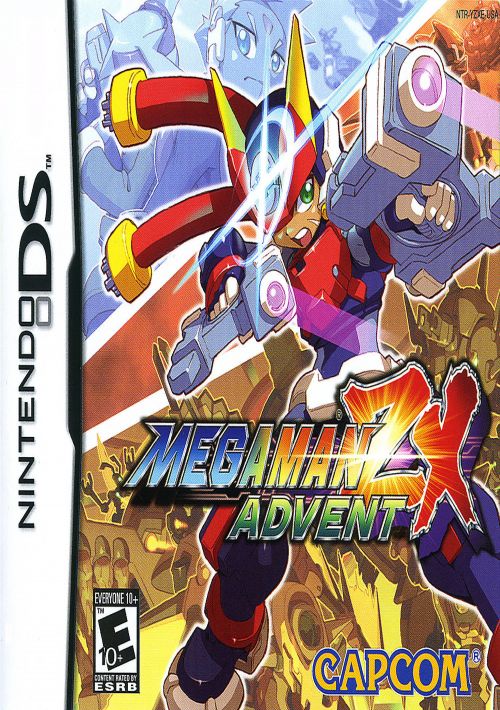

In terms of music, it had the title track and one stage track. It consisted of an original level (pictured above) with a short boss fight at the end. In the lead-up to E3 2004, the demo was finished. " I remember the full screen animation on the title screen being a particular nuisance as well." "Optimizing physics & collisions that involve ramps is always a challenge on low end hardware," says Grant.

Grant and Nick faced some challenges porting the game to their engine, which they were still in the process of building. Getting Mega Man X running on the Game Boy Advance wasn't trivial. "Nick suggested Mega Man X would be a good idea - very recognizable, running on approximately the same hardware as GBA, and we could also achieve it without artists, as we could use the sprites and background tiles from the original game." We also had a lot of experience making platform games, and Nick in particular loved platform games and the Mega Man series," explains Grant. Additional sprites were "Photoshopped" in. That demo was none other than Mega Man X on the Game Boy Advance. "In those days that meant going to E3, and meeting as many publishers as we could, showing them what we could do," says Grant. "We concentrated on creating a demo that could show off our game engine and capabilities in developing platform games." In order to bootstrap Endgame, Grant and Nick decided their best option would be to solicit work from publishers. But at the time, indie developers had few, if any, avenues to ship content without a publisher. Free from the confines of tight schedules and back-breaking deadlines, they could make anything they want!. The two friends would go on to establish Endgame Studios in 2003. In the early 2000s, Grant Davies and Nick Kovac left Torus Games to start a studio of their own.


 0 kommentar(er)
0 kommentar(er)
